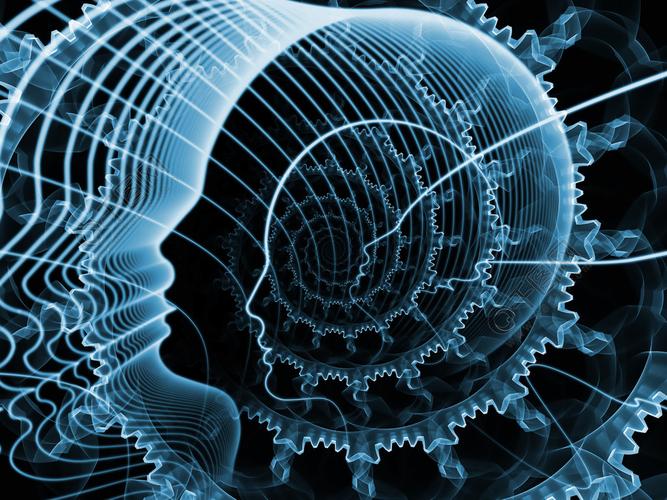视觉艺术心理研究领域提出的五个图形关系原理
Exploring the Intersection of Visual Arts and Psychology
Visual arts and psychology are two seemingly distinct fields that intersect in fascinating ways, offering insights into human perception, emotion, and cognition. Let's delve into how these two disciplines interact and influence each other:
Emotional Expression: Art has the power to evoke a wide range of emotions in viewers. Different colors, compositions, and techniques can elicit feelings of joy, sadness, fear, or tranquility. Artists often use their creations as a means of expressing their inner thoughts and emotions, providing a window into their psychological state.
Therapeutic Benefits: Art therapy is a wellknown application of visual arts in psychology. Creating art can help individuals explore their subconscious, reduce anxiety, and cope with trauma. The process of making art can be therapeutic in itself, promoting selfreflection and emotional healing.
Perception and Interpretation: The way we perceive art can vary greatly from person to person, influenced by our past experiences, cultural background, and psychological makeup. Studying how individuals interpret visual stimuli can provide valuable insights into cognition and perception processes.

Color Theory: Psychologists have long studied the psychological effects of color on human behavior and mood. Artists often draw upon this research to create compositions that evoke specific emotional responses. For example, warm colors like red and orange may convey energy and passion, while cool colors like blue and green can evoke calmness and serenity.
Visual Perception: Understanding human visual perception is crucial for artists seeking to create impactful works. Concepts such as depth, movement, and pattern recognition play a significant role in how viewers engage with art. By incorporating principles of visual perception into their creations, artists can guide the viewer's gaze and create dynamic compositions.
Social Commentary: Many artists use their work to comment on social issues and psychological phenomena. Through visual metaphors, symbolism, and allegory, artists can shed light on complex societal issues, challenge norms, and provoke introspection. This integration of psychological themes enriches the artistic landscape and prompts viewers to reflect on their own beliefs and attitudes.
Interdisciplinary Study: For individuals interested in the intersection of visual arts and psychology, pursuing interdisciplinary studies or courses can provide a holistic understanding of how these fields interact. Universities and institutions often offer programs that explore the psychological aspects of art and the artistic elements of psychology.
Engage with Art: Actively engaging with art, whether through creating your own artwork or visiting galleries and museums, can deepen your appreciation for the psychological nuances of visual expression. Pay attention to how different artworks make you feel and the thoughts they provoke, exploring the intersection of aesthetics and psychology.
Collaborate and Discuss: Joining discussions, workshops, or collaborative projects that bring together artists and psychologists can offer valuable insights and perspectives. By sharing ideas and experiences with individuals from both fields, you can broaden your understanding of how art and psychology intersect and complement each other.
By exploring the rich interplay between visual arts and psychology, we can gain a deeper appreciation for the power of art to reflect, shape, and enrich our psychological experiences.
